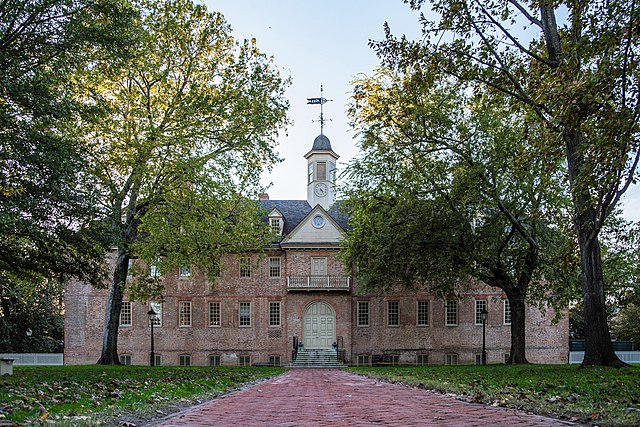The Compromise of 1790 was a compromise among Alexander Hamilton, Thomas Jefferson, and James Madison, where Hamilton won the decision for the national government to take over and pay the state debts, and Jefferson and Madison obtained the national capital, called the District of Columbia, for the South. This agreement resolved the deadlock in Congress. Southerners had been blocking the assumption of state debts by the Department of the Treasury, thereby destroying the Hamiltonian program for building a fiscally strong federal government. Northerners rejected the proposal, much desired by Southerners, to locate the permanent national capital on the Virginia–Maryland border.
Alexander Hamilton
James Madison
Thomas Jefferson
Thomas Jefferson was an American statesman, diplomat, lawyer, architect, philosopher, and Founding Father who served as the third president of the United States from 1801 to 1809. He was the primary author of the Declaration of Independence. Following the American Revolutionary War and prior to becoming president in 1801, Jefferson was the nation's first U.S. secretary of state under George Washington and then the nation's second vice president under John Adams.
1800 portrait
The Wren Building at the College of William & Mary, where Jefferson studied
House of Burgesses in Williamsburg, Virginia, where Jefferson served from 1769 to 1775
Monticello, Jefferson's home near Charlottesville, Virginia







